Creative Commons and NFTs – is CC licensing compatible with the new technologies?
Kluwer Copyright Blog
OCTOBER 5, 2022
There are multiple types of CC licensing on offer for content creators, ranging from various scale attribution rights to “no rights reserved” or CC0 public domain dedication. The ownership of an NFT is recorded in the blockchain, and can be transferred by the owner, allowing NFTs to be sold and traded ”.

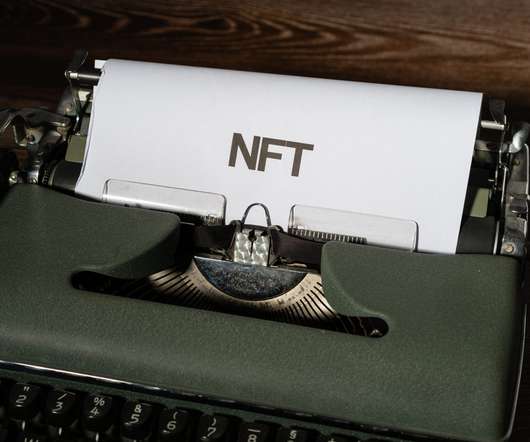
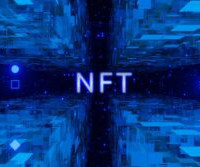
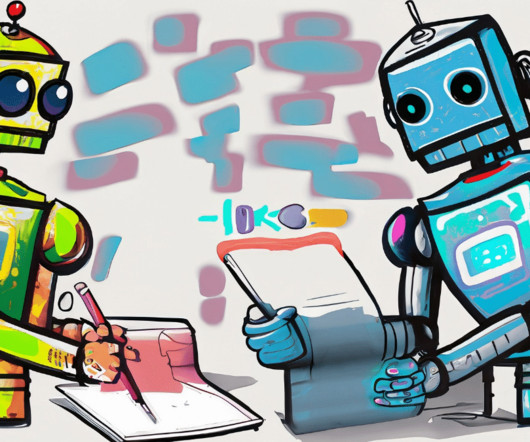
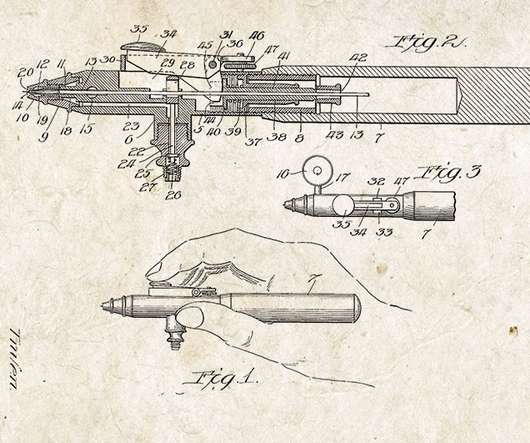
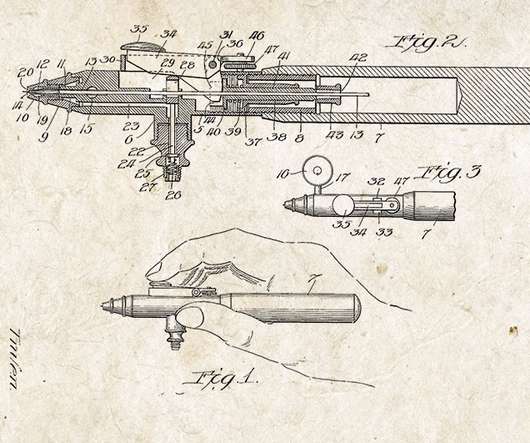
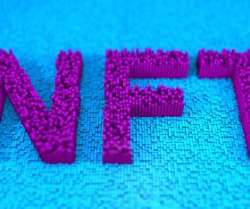






Let's personalize your content